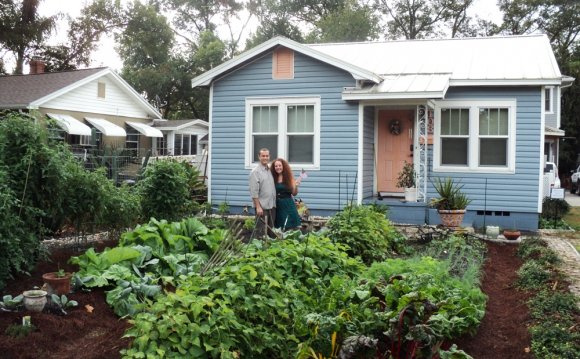
Once the planting areas are defined and the structural bones of the garden are in place, it’s time to dive into the fun part: picking the plants. For a person who wants quick results on a suburban lot, this is a time of difficult choices, when only the absolute favorites can fit within the restricted space. It’s also important to be selective and stay focused on your objectives to keep your garden from looking like an unattractive mishmash.
Just as the overall design starts with establishing the structural bones, planting should begin by creating the botanical bones. These linchpins of the garden—trees, shrubs, and ornamental grasses—are pivotal in anchoring plantings and providing additional structure, especially in winter. Anne’s garden had a presence from the beginning with a preexisting maple, hawthorn trees, and a privet hedge that commanded some of the space. There was limited room for stronger players. Those I did add were sizable woody plants of a suitable proportion and scale.
I then shifted my attention to perennials to create a seasonal parade of color. Perennials play an important role in getting the garden off to a quick start, but it’s not necessary to purchase large specimens when fleshing out the garden with herbaceous plants. These plants grow quickly, and even small perennials in 3-inch-diameter pots will put down deep roots, fill out, and mature by next spring or summer’s bloom. Plus the delightful assortment available at most nurseries gives gardeners opportunity for endless combinations.
Grouping at least three different perennials with similar bloom times but various colors and forms delivers synergy to a design. When choosing partners, don’t get lost in the current season and forget to include combinations that will peak in different weeks and months. I worked with Anne to find appropriate botanical consorts for her must-have plants, resulting in timely, successful combinations.
To finish off a garden and pump it up with immediate color in spring, consider sprinkling in a mix of bulbs. In Anne’s garden, we sited the right bulbs for the xeric areas, irrigated beds, and shade garden. Thanks to the design’s fundamentals, Anne didn’t have to wait years for a cherished garden. Less than a year after the planting of shrubs, perennials, and bulbs, the garden was a definite success.















